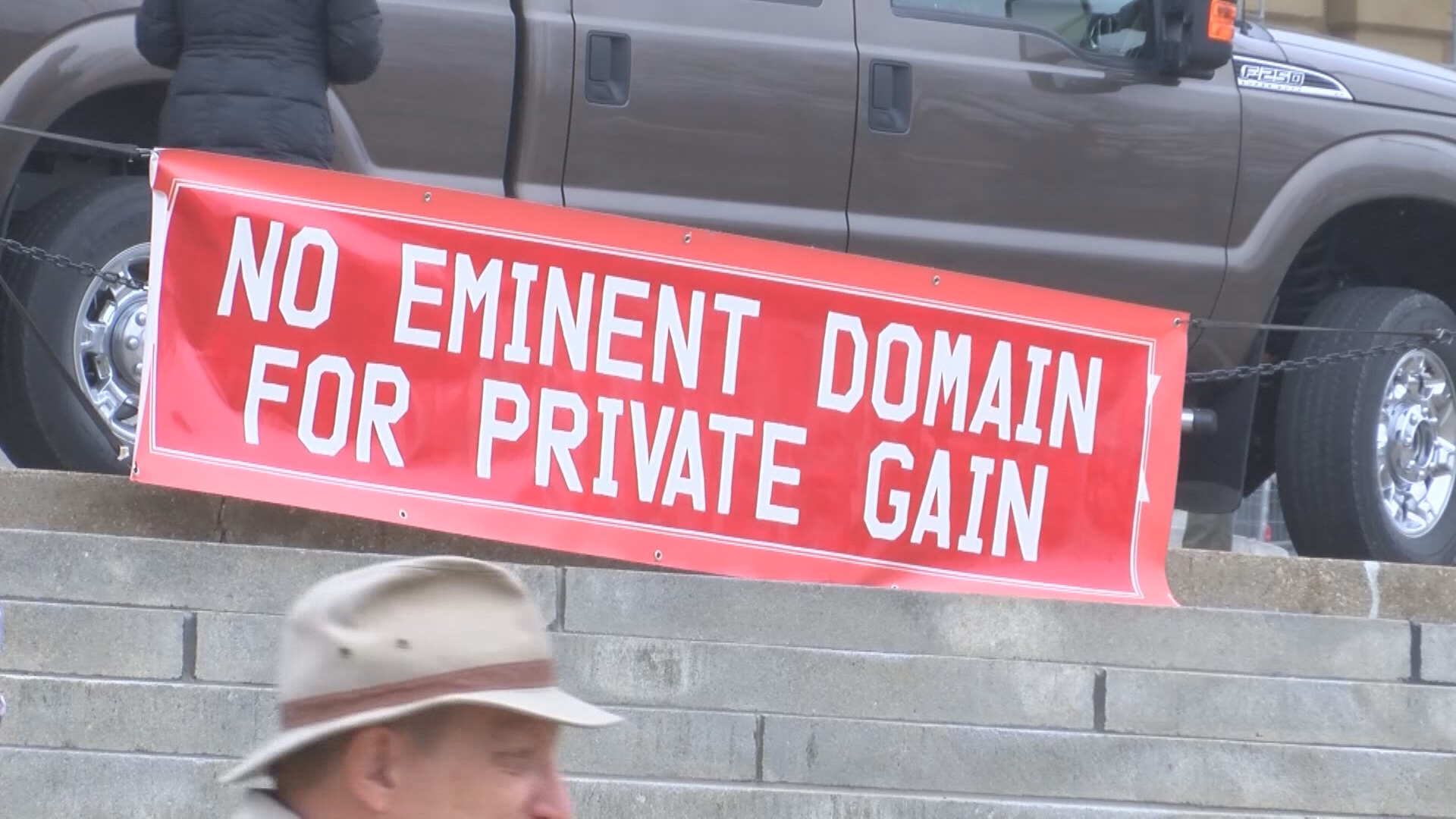DENISON, Iowa — Two days after the Iowa Utilities Board approved Summit Carbon Solutions' carbon pipeline, county officials and farmers are expressing discontent over Summit's ability to use eminent domain to build the pipeline.
Eminent domain allows a government agency or party to take private land from people not wanting to sell it, and use it publicly, like for a $5.5 billion carbon pipeline.
"We're actually obviously opposed to eminent domain for a private industry," explained Crawford County supervisor Ty Rosburg. "I just have trouble wrapping my head around that constitutionally."
Rosburg and the county's supervisors are against eminent domain, but ultimately signed a voluntary easement to allow Summit to use their property. They believe the project's potential benefits to the ethanol industry in Iowa outweighed concerns.
RELATED: Supreme Court halts enforcement of the EPA's plan to limit downwind pollution from power plants
Summit Carbon Solutions told Local 5 News that about 75% of landowners along the pipeline route in Iowa have agreed to provide their land for the project.
It is worth noting that although Crawford County Board of Supervisors signed a voluntary easement for Summit to build under roads or interstates within county lines, farmers and homeowners living in Crawford County would still need to separate easements for the pipeline to potentially go through their properties.
Summit said in a news release the pipeline would carry CO2 emissions, liquefied under pressure, from more than 50 ethanol plants in Iowa, Minnesota, Nebraska, North Dakota and South Dakota to be stored deep underground in central North Dakota.
The project still needs approval from the states of North Dakota and South Dakota before construction could begin.

